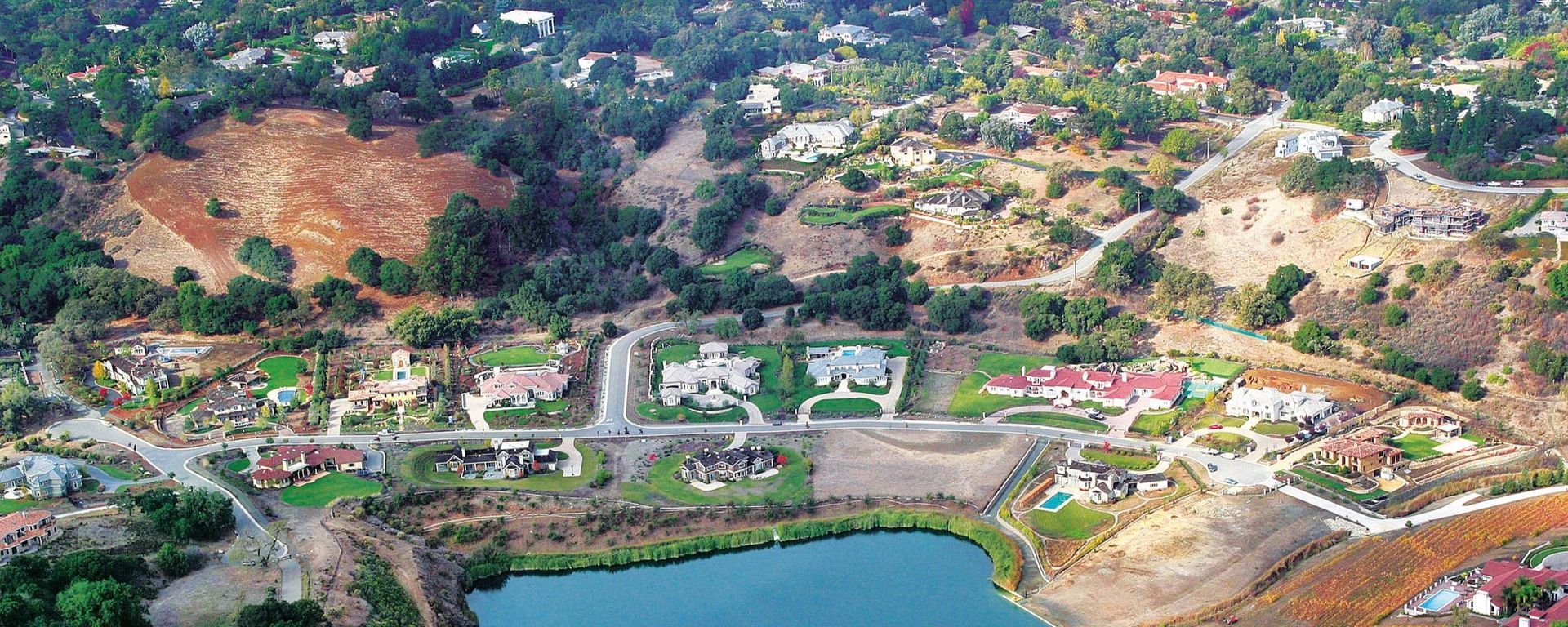Early Beginnings & Founding:
Originally part of Fremont Judicial Township in the early 1850s—then nicknamed “Banks and Braes”—the area was predominantly agricultural. In 1906, Paul Shoup, a Southern Pacific Railroad executive, co-founded the Altos Land Company and acquired about 140 acres from Sarah Winchester with the vision of establishing a commuter town between Palo Alto and Los Gatos.
Train service officially began on April 19, 1908, with the “Mayfield Cutoff,” and the tiny two-car depot laid the foundation for downtown. The
craftsman-style train station was later built in 1913, becoming a local landmark.
Incorporation & Suburban Growth:
Residents, wary of annexation by neighboring cities, incorporated Los Altos on December 1, 1952, becoming the eleventh city in Santa Clara County.
The rail corridor was replaced by the modern Foothill Expressway in 1964, shifting the city’s infrastructure from rail to road. And in 1970, Los Altos was among the first to install scientifically designed sound baffles along this road—cutting noise pollution by 7–10 decibels for adjacent homes.
Fun & Unique Facts:
-Orchard Legacy: Initially a rural, orchard-dominated community, Los Altos was part of the famed “Valley of Heart’s Delight,” known for its apricots and fruit crops.
-Silicon Seedbed: In 1976, Steve Jobs and Steve Wozniak built the first Apple computers in Jobs’s garage in Los Altos, a garage now considered a historic tech landmark.
-Casa Facebook: Later, a Los Altos home dubbed “Casa Facebook” was rented by Mark Zuckerberg in 2004; inside, Facebook’s user base grew from 200,000 to 2.5 million.
-First Flying Car: In April 2021, Los Altos welcomed the world’s first consumer flying-car showroom.
-Landmarks like: the Great Mall, Ed R. Levin County Park, and cultural spots such as the historic Jose Higuera Adobe connect the city’s rich past with its modern identity.
Why History Matters in Real Estate:
-Charming Character: The city’s early planning as orchards and estates resulted in spacious lots and architectural consistency—today’s homes often reflect that heritage.
-Limited Commercial Zones: Conscious zoning policies restrict commercial development to the downtown corridor and select arterials, preserving a quiet, high-end residential feel.
-Exclusive Market: Los Altos consistently ranks among the priciest ZIP codes in the U.S.—often competing with Palo Alto and Atherton for the top real estate tier.


